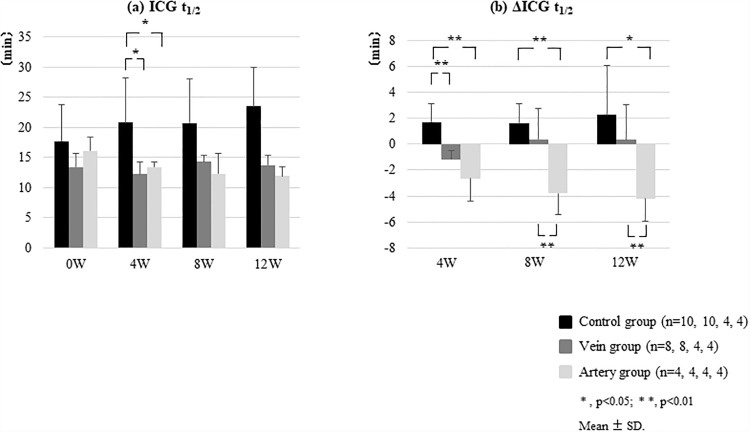Fig 5. Therapeutic effects of transfused BMSCs in a CCl4-induced canine liver fibrosis model.
After the induction of liver fibrosis, canines were treated with BMSCs via the peripheral vein (Vein group) or hepatic artery (Artery group). (a) Indocyanine green (ICG) half-life (t1/2) in the Vein group was slightly decreased at 4 weeks post-BMSC administration, from 13.4 ± 2.3 min (0W) to 12.2 ± 2.0 min (4W), but increased from 8 weeks onward to 14.3 ± 1.1 min (8W) and 13.7 ± 1.7 min (12W). In the Artery group, the ICG t1/2 decreased from 16.1 ± 2.3 min (0W) to 13.4 ± 0.8 min (4W), and this value was subsequently maintained (12.3 ± 3.3 min (8W), 12.0 ± 1.5 min (12W)). (b) The ΔICG t1/2 value was significantly decreased in the Vein group compared to that in the Control group at 4 weeks post-BMSC administration (ΔICG t1/2 (min): −1.2 ± 0.7 vs. 1.7 ± 1.4; p < 0.01). Moreover, the ICG t1/2 in the Artery group (n = 4) was significantly decreased at 8 weeks (Δt1/2: −4.2 ± 1.7 min vs. +0.4 ± 2.7 min; p < 0.01) and 12 weeks after BMSC administration (Δt1/2: −4.2 ± 1.7 min vs. +0.4 ± 2.7 min; p < 0.05) even when compared to that in the Vein group. All error bars represent the standard deviation of the mean.

